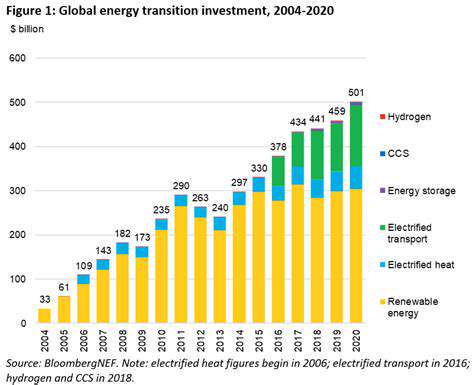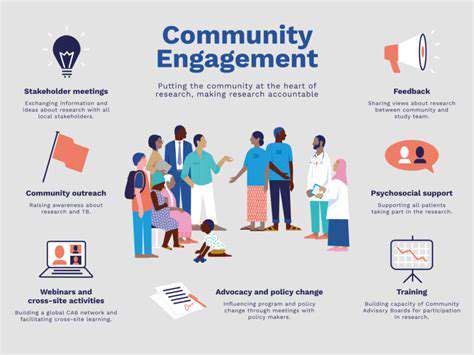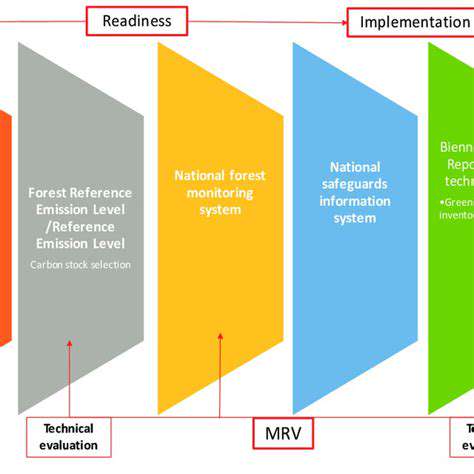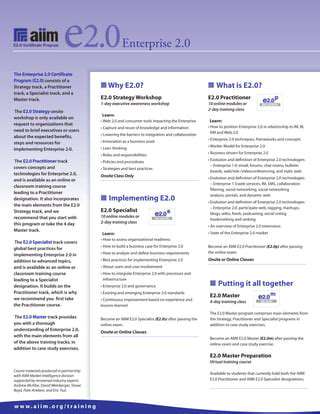The Offshore Wind Supply Chain: Opportunities and Challenges


Opportunities for Growth and Innovation in the Offshore Wind Supply Chain
Technological Advancements Driving Efficiency
Offshore wind technology is constantly evolving, leading to significant advancements in turbine design, materials science, and installation techniques. These innovations are crucial for reducing the cost of energy production and increasing the reliability of offshore wind farms. For example, the development of more durable and lightweight materials for turbine blades is allowing for larger, more powerful turbines to be deployed, maximizing energy capture while minimizing the overall footprint. This, in turn, creates opportunities for companies specializing in these advanced materials and manufacturing processes.
Furthermore, the integration of digital technologies such as AI and machine learning is transforming the entire supply chain. Predictive maintenance, optimized logistics, and automated quality control systems are reducing operational costs and improving safety in offshore wind farms, thereby creating new avenues for innovation and growth within the supply chain.
Expanding Market Demand and Global Partnerships
The global demand for renewable energy is rapidly increasing, and offshore wind is poised to play a significant role in meeting this growing demand. This translates into a substantial need for more components, skilled labor, and specialized services, creating lucrative opportunities for businesses involved in the manufacturing, installation, and maintenance of offshore wind infrastructure. This surging demand also presents opportunities for international collaboration and partnerships, allowing companies to access new markets and resources while leveraging expertise from different parts of the world.
Strategic alliances and joint ventures between companies in different countries can facilitate the sharing of resources, knowledge, and expertise. This fosters innovation and accelerates the development of advanced technologies needed to support the expansion of offshore wind capacity.
Developing Specialized Skills and Training Programs
The offshore wind industry requires a skilled workforce with specialized knowledge in areas such as turbine maintenance, marine engineering, and renewable energy technologies. To meet the growing demands of this sector, educational institutions and training providers must develop specialized programs that equip individuals with the necessary competencies. This creates opportunities for institutions and companies to develop and deliver high-quality training programs that address the specific needs of the offshore wind industry, ensuring a future workforce capable of handling the complexity and scale of these projects.
Furthermore, upskilling and reskilling initiatives are needed to adapt to new technologies and processes within the supply chain. Investing in training and development programs will not only enhance the capabilities of the workforce but also contribute to a more sustainable and resilient offshore wind industry.
Sustainable Practices and Environmental Considerations
The offshore wind industry is increasingly focusing on sustainable practices throughout the entire lifecycle of a wind farm. This includes the use of recycled materials in turbine manufacturing, minimizing environmental impact during installation, and adopting environmentally responsible maintenance strategies. These initiatives create opportunities for companies to develop and implement innovative solutions that address the environmental challenges associated with offshore wind development, such as minimizing noise pollution and marine wildlife impact. Companies that demonstrate a strong commitment to sustainability can attract investors and customers who prioritize responsible business practices.
The growing focus on environmental responsibility also opens doors for specialized companies that offer solutions for monitoring and mitigating environmental impacts. This includes companies providing monitoring equipment, developing innovative techniques for minimizing environmental disturbance, and offering expertise in sustainable project design and implementation.











